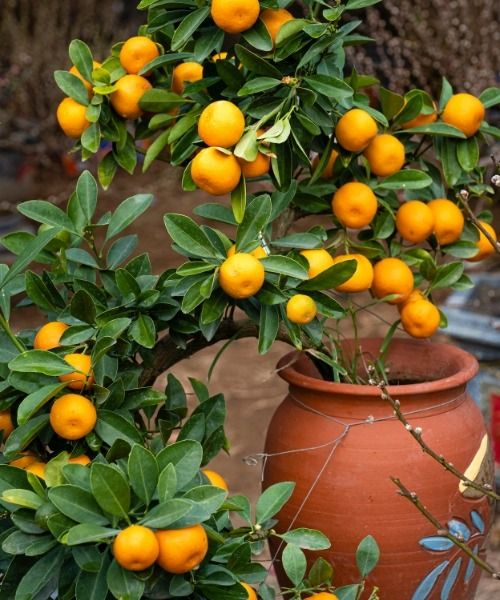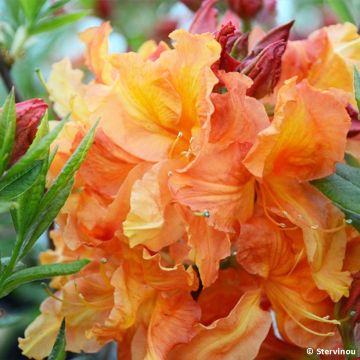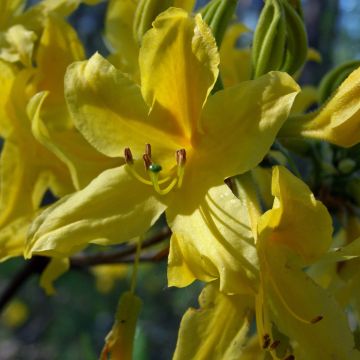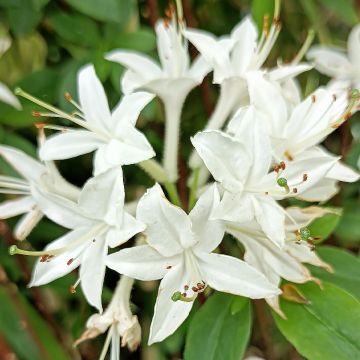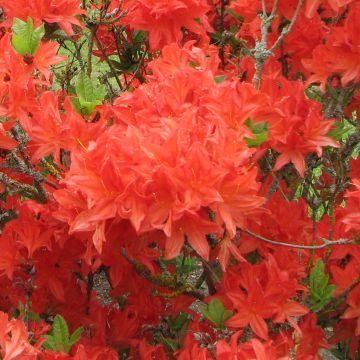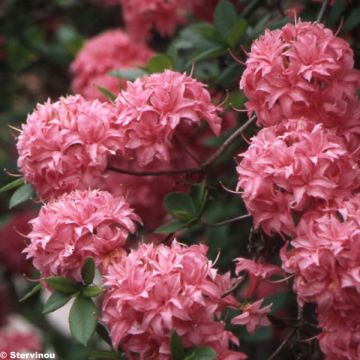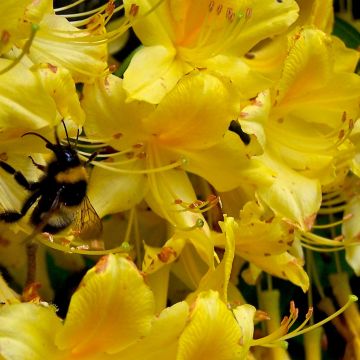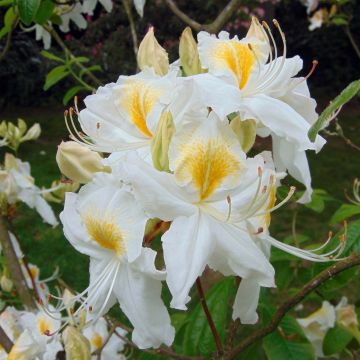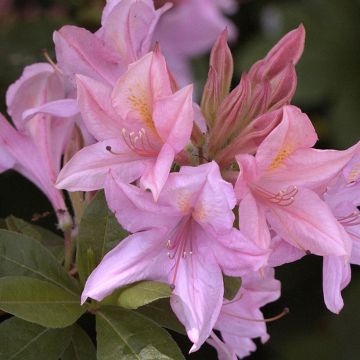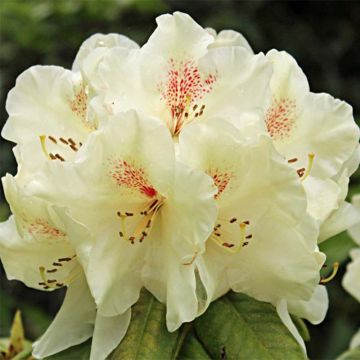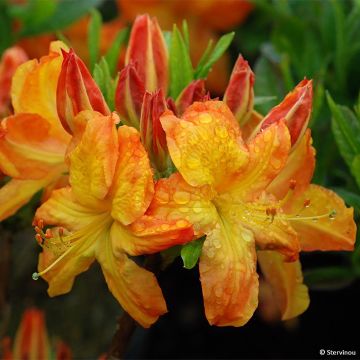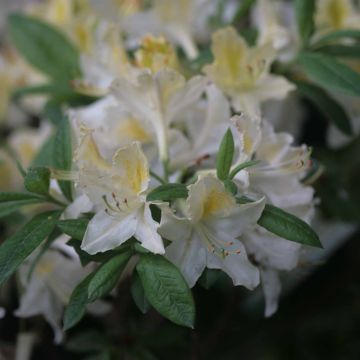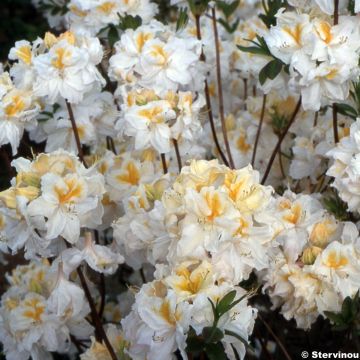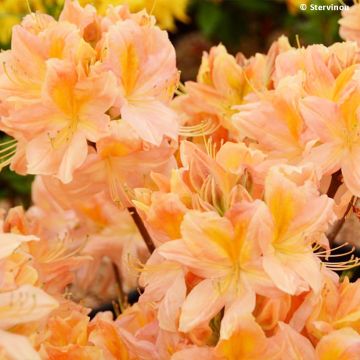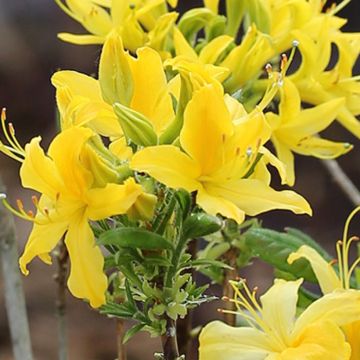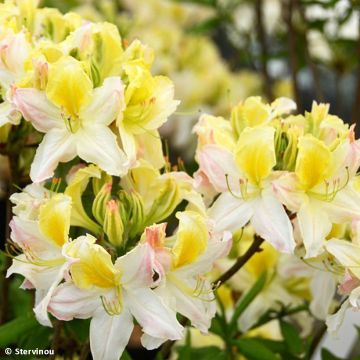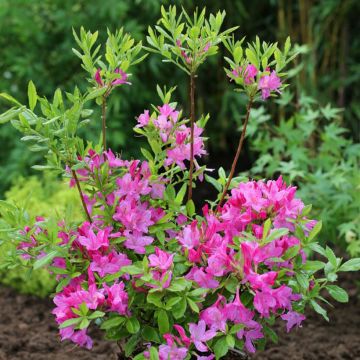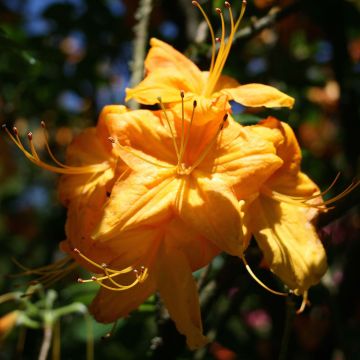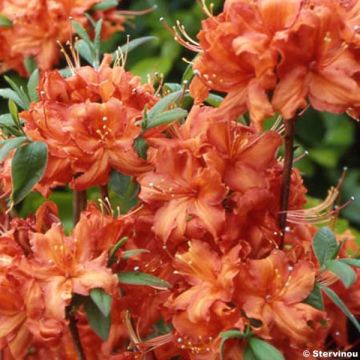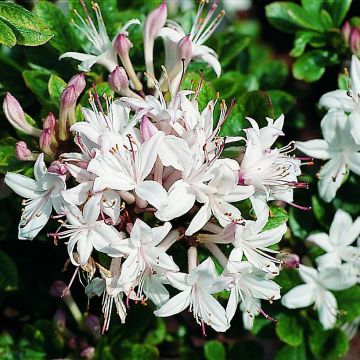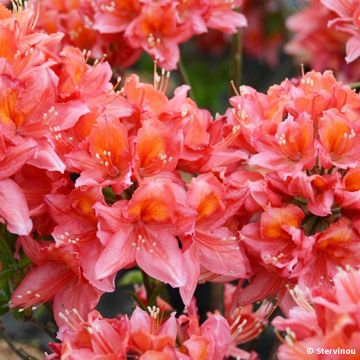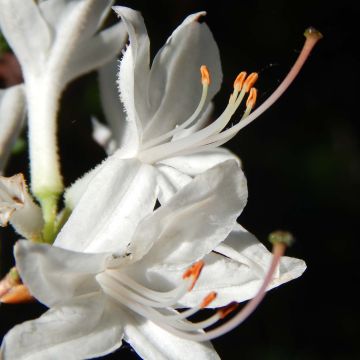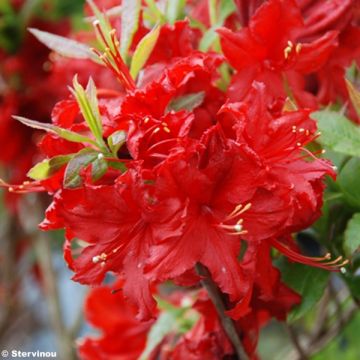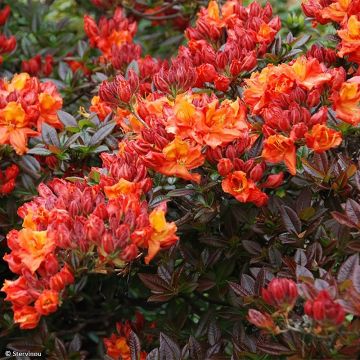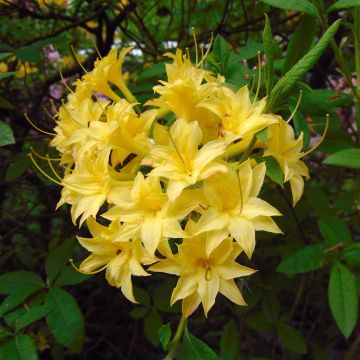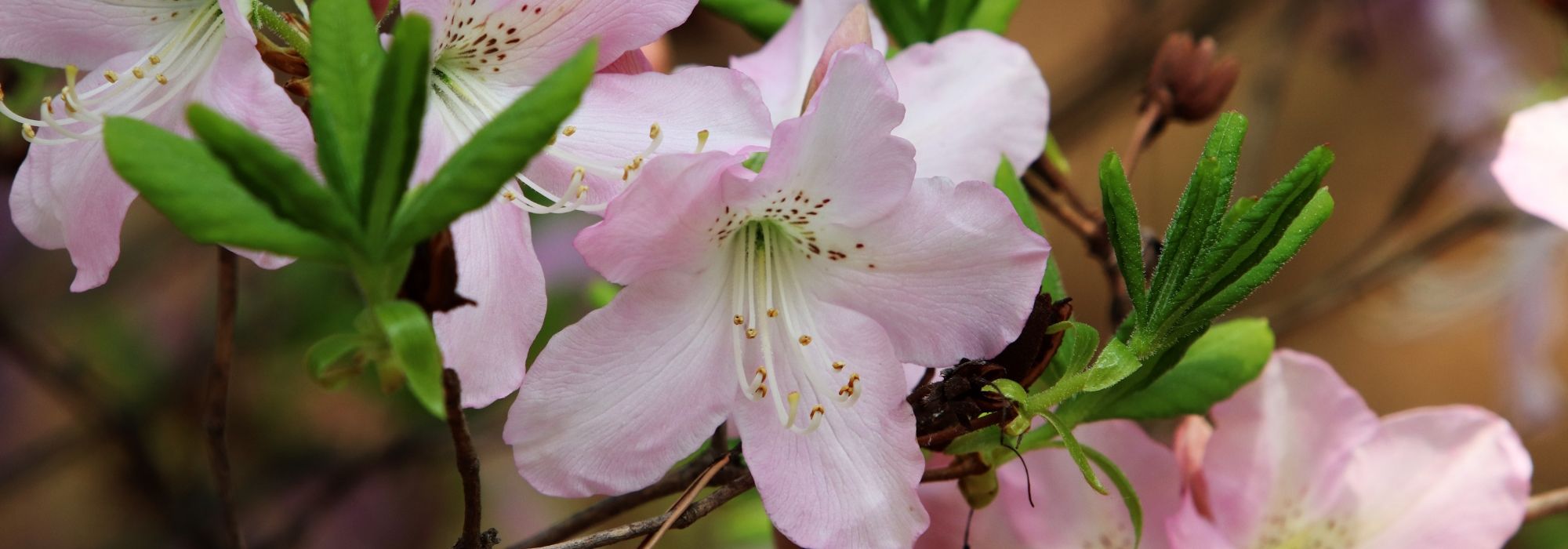Chinese Azalea
Would this plant suit my garden? Set up your Plantfit profile →
Available in 1 sizes
Available in 1 sizes
Available in 1 sizes
Available in 1 sizes
Available in 1 sizes
Available in 1 sizes
Available in 1 sizes
Available in 1 sizes
Available in 1 sizes
Available in 1 sizes
Available in 1 sizes
Available in 1 sizes
Available in 1 sizes
Available in 1 sizes
Available in 1 sizes
Available in 1 sizes
Available in 1 sizes
Available in 1 sizes
Available in 1 sizes
Available in 1 sizes

Available in 1 sizes
Available in 1 sizes
Available in 1 sizes
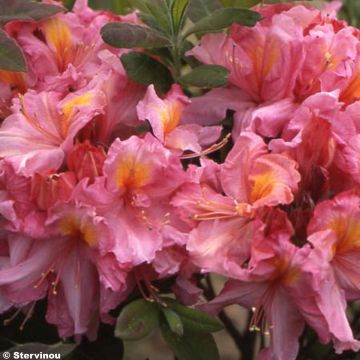
Available in 1 sizes
Available in 1 sizes
Available in 1 sizes
Available in 1 sizes
Available in 1 sizes
Available in 1 sizes
Available in 1 sizes
Available in 1 sizes
Available in 1 sizes
Available in 1 sizes
Available in 1 sizes
Available in 1 sizes
Available in 1 sizes
Available in 1 sizes
Available in 1 sizes
Available in 1 sizes
The Chinese Azalea, formerly known as Azalea mollis, is slow-growing, eventually forming an upright, bare-based bush, measuring 1m (3ft) to 2m (7ft) in height and 80cm (32in) to 1m (3ft) in width. Native to China, this bush is characterised by its deciduous apple-green leaves and often fragrant flowers, which can be yellow, orange, pink, or white, depending on the variety. During the months of March-April, the bush is covered in a multitude of trumpet-shaped flowers of varying widths. Easy to cultivate, the Chinese Azalea is a plant that thrives in acidic, humus-rich, and light soil. It grows best in partial shade. Its root system is well-developed but not extensive, making it sensitive to heavy soils and prolonged periods of drought. Mulching with crushed pine bark every spring helps retain soil moisture and maintain an acidic pH. Maintenance involves removing faded flowers in summer and pruning any dead branches. Divided into two horticultural groups, the genus Rhododendron includes, on one hand, the Azaleas, both Chinese and Japanese, which have small, evergreen or deciduous leaves and five stamens per flower; and on the other hand, the Rhododendrons, with their large, evergreen, glossy foliage and flowers with more than ten stamens. Although highly debatable from a botanical perspective, this classification is still widely used by horticultural professionals.
Haven't found what you were looking for?

































